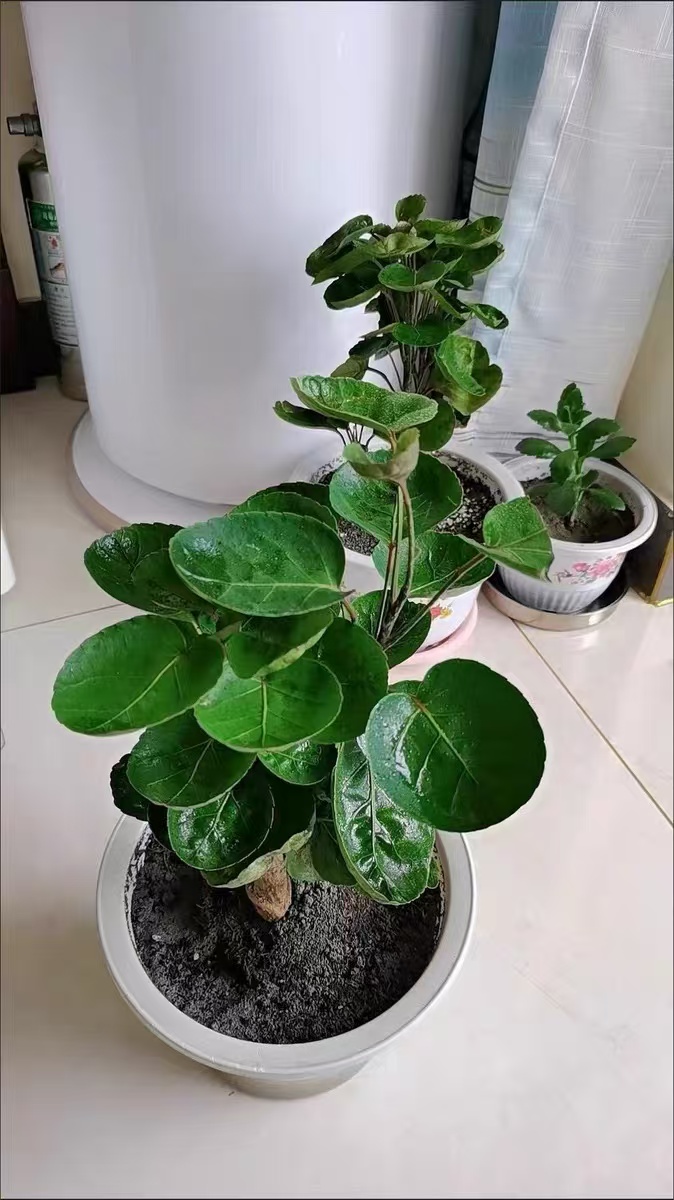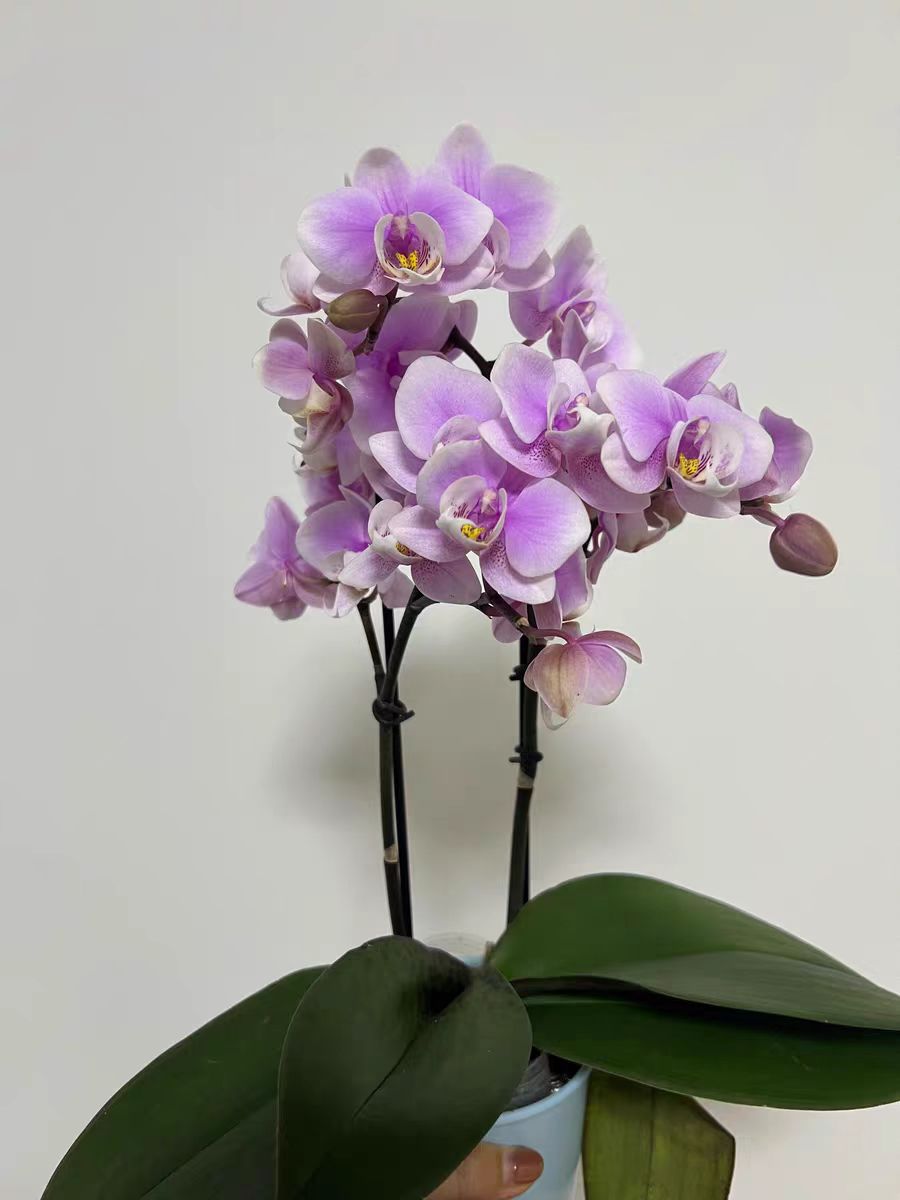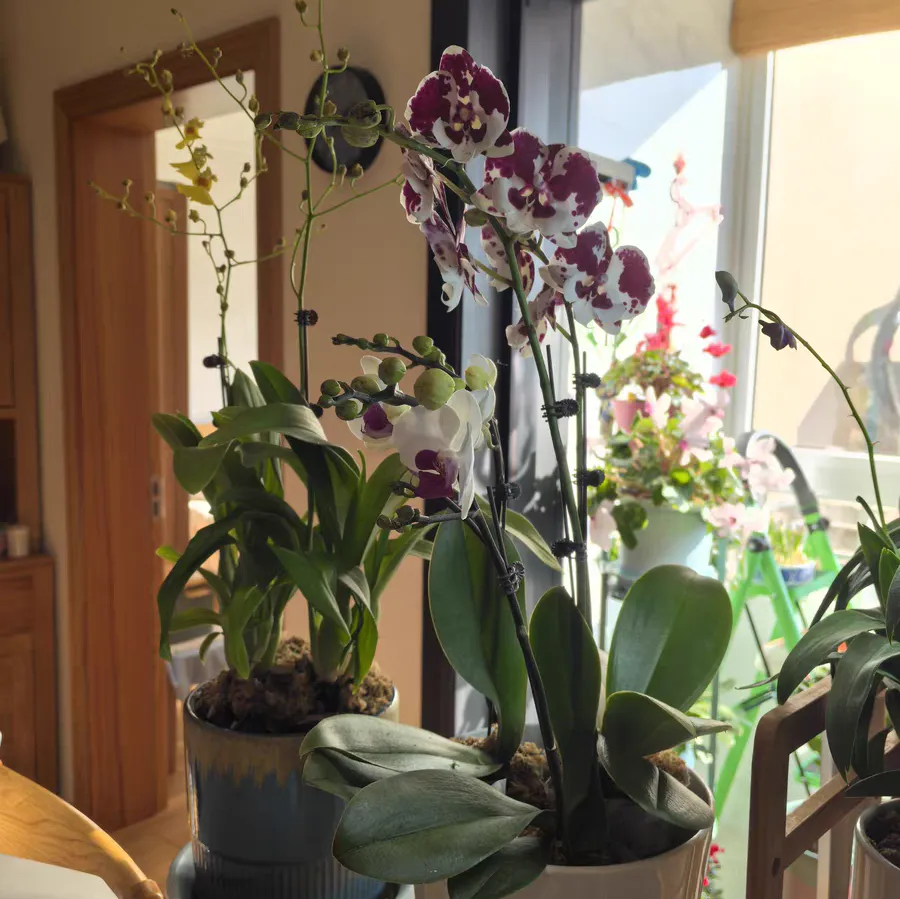For friends who love indoor potted plants, the health condition of the potting soil is directly related to the growth and appearance of the plants. The white and clumpy soil not only affects the respiration of the plant roots but also may hinder the absorption of nutrients. This article will introduce you to several simple and effective handling techniques and analyze how to improve the soil quality when growing potted plants indoors to ensure the healthy growth of the plants.
The white and clumpy soil in pots is usually caused by the following reasons:
Excessive use of chemical fertilizers or high salt content in the water quality leads to the accumulation of salts in the potting soil. Overwatering, underwatering, and uneven watering can all cause the potting soil to become lumpy. The low content of organic matter in the potting soil and the unstable soil structure make it prone to forming lumps.
The hazards of the white and clumpy soil in pots include:
The lumpy soil will compress the roots, affecting the growth of the roots and the absorption of nutrients. The soil lumps lead to a decrease in air permeability, making the plants vulnerable to pest and disease attacks. The soil structure is damaged, and nutrients are easily lost with the water, resulting in insufficient nutrient supply for the plants.
Simple Handling Techniques for the White and Clumpy Soil in Pots:
Reasonably control the amount of watering according to the plant species and the humidity of the potting soil to avoid overwetting or overdrying the potting soil. Use soft water or filtered water to reduce the accumulation of salts.
Use a small shovel or bamboo sticks to regularly loosen the potting soil to improve the soil structure. Replace the soil in spring or autumn every year, replacing it with new nutrient-rich soil to provide a suitable growth environment for the plants.
Mix leaf mold with garden soil to increase the content of organic matter and improve the soil structure. Regularly apply organic fertilizers such as chicken manure and cow manure to improve the soil fertility. For acidic soils, an appropriate amount of lime can be added to adjust the soil pH. Use a water-retaining agent to increase the soil's water-retaining capacity, reduce water evaporation, and improve the soil structure.
Methods for Improving the Soil Quality of Indoor Potted Plants:
Choose potting soils with good permeability, such as perlite and vermiculite, to increase the soil's air permeability. Use materials with good water-retaining properties such as coconut coir and peat soil to keep the soil moist.
Select appropriate fertilizers such as nitrogen fertilizer, phosphorus fertilizer, and potassium fertilizer according to the plant species and growth stage to maintain a balanced nutrition. Organic fertilizers can increase the soil's organic matter, and chemical fertilizers can quickly provide nutrients. The combination of the two works better.
Use a watering can or a narrow-spouted pot to water evenly, avoiding local overwetting or overdrying. Soak the potted plant in water for a moment to make the potting soil fully absorb water, and then take it out and drain the water.
Place the potted plant in a well-lit position to promote the plant's photosynthesis and improve the soil fertility. Regularly open the windows for ventilation to keep the indoor air flowing and reduce the occurrence of pests and diseases.
The white and clumpy soil in pots is one of the common problems of indoor potted plants. However, as long as you master simple handling techniques and adopt effective methods for improving the soil quality, you can ensure the healthy growth of the plants. I hope this article can provide you with useful guidance and make your potted plants full of vitality.
What Causes the White and Clumpy Soil in Pots?

Share with
Tagged in :




Leave a Reply